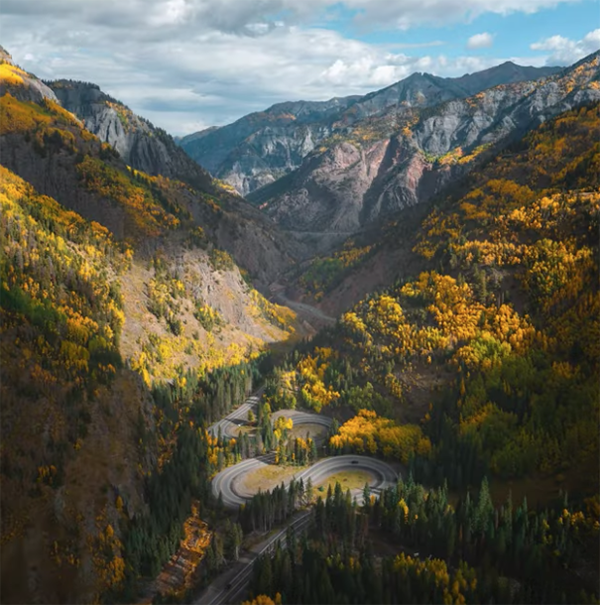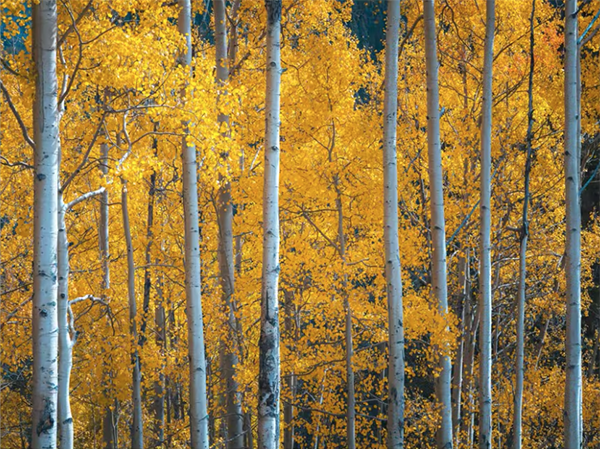Want Better Fall Photos? This Editing Method is a Game Changer (VIDEO)
Ask a bunch of experienced photographers to name their favorite season for shooting landscapes, and what do you get? Typically the emphatic responsive will be a resounding “autumn” or “fall.” Most of the time even the best colorful warm-toned images can be improved a bit during the editing process, and that’s what you’ll learn how to do below.
Instructor Mark Denney says he’s a fan of vans, cameras, and photographing the great outdoors, not necessarily in that order. In today’s 13-minute episode he shares the simple editing technique he uses to enhance fall photos, and he says it’s a “game changer” for bringing your images to life.”
Denney admits to being “a complete nerd when it comes to anything related to the fall season—from Halloween and Thanksgiving to pumpkin spice, cool weather, long pants, and of course the gorgeous colors that set landscapes ablaze this time of year. You’re on your own when it comes choosing the right pants, but Denney’s Lightroom workflow will definitely help you up your game.

Autumn may be the “best” season for shooting in the field, but there are definitely some challenges that need to be addressed for faithfully capturing the splendor of what you saw through the viewfinder. Denney uses two of his images to demonstrate his workflow, and the transformations are quite impressive.
One of the biggest issues with fall photographs is achieving a correct White Balance. This is because the unique tones of autumn landscape scenes are what makes them so breathtaking, so its imperative to get them right. If you shoot using the Auto White Balance setting there’s a good chance the camera will get things wrong, but Denney explains how to quickly restore the natural tones in Lightroom.
Denney makes several basic global adjustments that represent a good start. He then demonstrates how employing a few masks is very effective for refining an images with selective enhancements to various areas within the frame. This approach enables you to adjust the sky, background, foreground, and other important elements of a photo independently of one another for perfect balance and tones throughout.

Another technique that’s as important as enhancing colors involves adjusting the light in photos that look somewhat flat. By following Denney’s straightforward advice your enhancements will enable you to create images that really jump off the screen in an almost three-dimensional way. Our only point of disagreement with Denney is his love of everything pumpkin spice—be it food, candles, or drinks!
You can find more great tips on shooting and editing landscape photos by paying a visit to Denney’s instructional YouTube channel.
We also suggest watching a tutorial we posted recently from another accomplished landscape photographer, explaining several pro techniques for shooting draw-dropping photographs in harsh, midday light.





